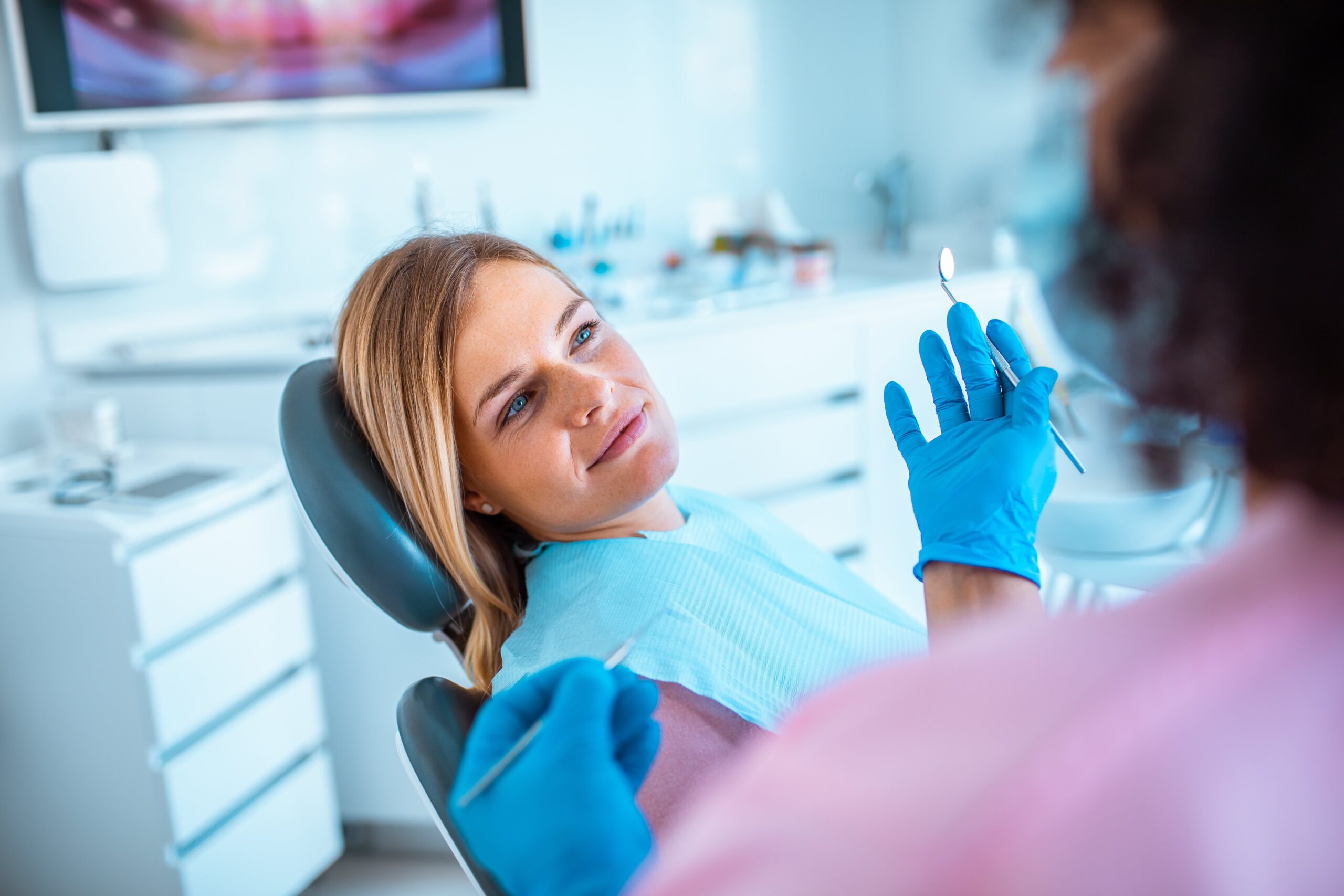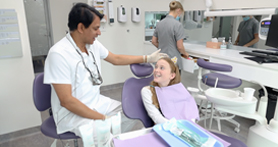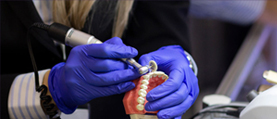Tooth extraction aftercare in the first 48 hours is critical for a smooth recovery and to prevent complications like infection or dry socket. The main priorities are controlling bleeding, protecting the extraction site, managing pain, reducing swelling, and following your dentist’s instructions precisely. Whether you’ve had a wisdom tooth removed or another tooth extracted, what you do in these first two days can significantly influence healing.
In this guide, we will cover exactly what to do (and avoid) after an extraction, what to eat, how to manage discomfort, and signs you should call your dentist. The information is tailored for Australian patients and includes practical, dentist-approved tips from Bespoke Dental Studio.
Why Aftercare Matters
Proper aftercare helps:
- Protect the blood clot that forms in the socket (essential for healing)
- Minimise pain, swelling, and risk of infection
- Speed up the recovery process
- Reduce the risk of complications such as dry socket or prolonged bleeding
The first 48 hours are the most important period for wound stabilisation. Following your dentist’s advice closely gives your body the best chance to heal efficiently.
Immediate Steps After Tooth Extraction
Your dentist will usually give you post-procedure instructions for tooth extraction before you leave the clinic. Here’s what to expect and follow:
- Bite on the gauze pad for at least 30–60 minutes to help form a stable clot.
- Avoid rinsing, spitting, or touching the site for the first 24 hours to prevent disturbing the clot.
- Rest and limit activity for the remainder of the day to reduce bleeding and swelling.
- Take prescribed medications (pain relief or antibiotics) as directed.
- Apply an ice pack on the outside of your cheek in 15-minute intervals during the first few hours to reduce swelling.
Do’s and Don’ts in the First 48 Hours
Do:
- Keep your head elevated when lying down to reduce bleeding and swelling.
- Drink plenty of water to stay hydrated (avoid using straws).
- Eat soft, cool foods such as yoghurt, mashed potato, scrambled eggs, or smoothies.
- Continue gentle brushing and flossing for other teeth, avoiding the extraction site.
- Follow your dentist’s medication instructions precisely.
Don’t:
- Smoke, vape, or use tobacco products (these significantly delay healing).
- Drink alcohol in the first 48 hours.
- Eat hot, spicy, or crunchy foods that can irritate the site.
- Engage in strenuous exercise or heavy lifting.
- Poke the site with your tongue or fingers.
Managing Pain and Swelling
Mild to moderate discomfort and swelling are normal after an extraction. You can manage this by:
- Taking over-the-counter or prescribed pain relief before the anaesthetic wears off.
- Using an ice pack in the first 24 hours (20 minutes on, 20 minutes off).
- Switching to a warm compress after 24–48 hours if swelling persists.
- Sleeping with your head elevated to help fluid drain.
Swelling usually peaks within 48–72 hours and then gradually subsides.
What to Eat After Tooth Extraction
Choosing the right foods is essential to avoid disturbing the clot and to ensure you get enough nutrition during recovery.
Recommended in the first 48 hours:
- Yoghurt
- Pureed soups (lukewarm, not hot)
- Mashed potatoes or pumpkin
- Scrambled eggs
- Smoothies (no seeds or chunks)
- Oatmeal or porridge cooled to a safe temperature
Avoid:
- Hot foods and drinks (can dissolve the clot)
- Spicy or acidic foods (may sting and irritate the wound)
- Hard, crunchy foods (chips, nuts, raw vegetables)
- Sticky foods (toffee, chewy lollies)
The Importance of the Blood Clot
The clot acts as a protective layer over the extraction site, shielding bone and nerve endings and forming a base for new tissue growth. If it becomes dislodged, you may develop dry socket, a painful condition that delays healing.
To protect the clot:
- Do not rinse your mouth for the first 24 hours.
- Avoid drinking through straws.
- Do not smoke or vape.
- Avoid vigorous spitting.
Oral Hygiene After Extraction
- After the first 24 hours, gently rinse with warm salt water (½ teaspoon of salt in a glass of warm water) after meals.
- Brush and floss your other teeth as normal, but be careful around the extraction site.
- Avoid commercial mouthwashes containing alcohol in the early stages, as they can irritate the wound.
Special Considerations for Wisdom Tooth Removal
Wisdom tooth removal often requires a slightly longer recovery due to the size of the wound and its position at the back of the mouth. Additional tips:
- Swelling and jaw stiffness are common apply ice and gently move your jaw to prevent stiffness.
- Stick to soft foods for longer if necessary.
- Your dentist may use stitches, which may dissolve on their own or need removal at a follow-up appointment.
Signs You Should Call Your Dentist
Contact your dentist immediately if you experience:
- Severe pain that worsens after 2–3 days
- Prolonged bleeding that doesn’t stop after pressure
- Signs of infection: swelling, pus, fever, bad taste or odour
- Numbness that does not subside after several hours
- Difficulty swallowing or breathing
Quick Answers – Tooth Extraction Aftercare
- What should I do immediately after a tooth extraction?
Bite down on the gauze, rest, avoid disturbing the clot, and follow your dentist’s aftercare instructions. - Can I eat after a tooth extraction?
Yes, once the numbness wears off. Stick to soft, cool foods for the first 24–48 hours. - How do I avoid dry socket?
Don’t smoke, use straws, or rinse vigorously in the first 24 hours. Follow your dentist’s advice carefully. - When can I brush my teeth?
Brush the rest of your teeth as normal but avoid the extraction site for the first day. Gentle rinsing can start after 24 hours. - Can I go back to work the next day?
It depends on the type of extraction and your job. Light duties may be fine, but avoid strenuous activity for at least 48 hours.
FAQ
How long does healing take after tooth extraction?
Initial healing takes 1–2 weeks, but the bone and gum tissue may take several months to fully heal.
When can I drink coffee again?
Wait at least 48 hours and ensure it’s cooled to a safe temperature before drinking.
Is it normal to have swelling after extraction?
Yes, swelling peaks within 48–72 hours and then reduces. Ice packs help in the early phase.
Can I rinse my mouth on the day of the extraction?
No, avoid rinsing for the first 24 hours to protect the clot.
Do I always need antibiotics after extraction?
Not necessarily antibiotics are prescribed based on the individual’s risk of infection and the complexity of the procedure.
In Australia, tooth extractions are often covered in part by private health insurance with extras cover. Public dental services may also offer extractions, though wait times can vary. Bespoke Dental Studio provides tailored aftercare instructions based on your specific needs and offers follow-up appointments to ensure healing is progressing well.
Related Blogs:
How do you know if you need to extract your wisdom tooth
Whats the worst day of pain after wisdom tooth extraction




